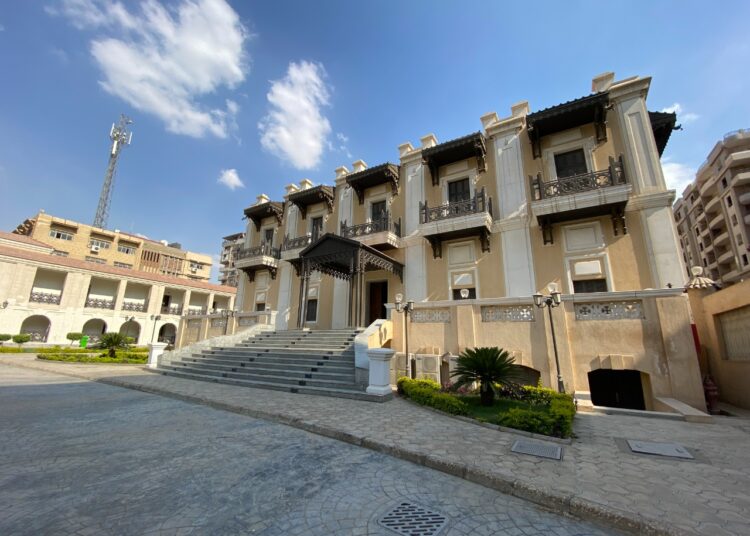Unlike palaces built in the same period, the Princess Khadija Palace, which was built in the 19th century during the time of the royal family (1805-1952), bears no traces of the past, either in decor, or in furniture.
It has been fully renovated and looks like any modern administrative building with air conditioning, marble floors and white-painted walls, but no mashrabiyas, no antique chandeliers and no fin-de-siècle salons. The building has been well kept thanks to the owner herself.
For her love of charity, Princess Khadija, the great-granddaughter of Mohamed Ali Pasha (1805-1848), left the building to the nation as a hospital for chest diseases. Then it was turned into an orthopaedics unit, before it became the headquarters for Helwan District Council and since 2019 it has been a cultural centre affiliated to the Bibliotheca Alexandrina for seminars, exhibitions, culturama, workshops and concerts. The centre houses a children’s library and another for adults.
Hanaa Sho’la, events coordinator at the palace, told the Egyptian Mail the story of the palace, which was built in 1895. Princess Khadija, who resided in the palace for only ten years, was also known as the princess of benefactors because of her charity work.
The palace consists of two buildings, of which the larger was used by the princess. To show gratitude to Khadiga, the palace holds a permanent exhibition on the second floor about her and her family.

On display are photos of her when she was child with her family and on her wedding day. There are photos of the Aswan reservoir, Al-Ahly Club and the Egyptian University (now Cairo University), which were projects undertaken during the time of the royal family.
Helwan is associated with health and relaxation. The district was founded by Abdel Aziz ibn Marwan (684-685), who ruled Egypt during the Umayyad Period. When the plague struck in Old Cairo and Fustat in 686, the ruler moved to Helwan and built palaces and mosques there.
During the reign of Khedive Abbas Helmy (1848-1854), Helwan was the place for treating soldiers with skin diseases. He chose Helwan for its sulphur springs.
Khedive Said (1854-1863) built rest stops by the sulphur springs and Helwan acquired an international reputation for its therapeutic benefits.
Helwan was the capital of Egypt during the rule of Khedive Tawfiq, father of Khadija.
In addition to Khadija Palace, Helwan has many tourist attractions such as Rokn Farouk Museum, the Japanese Garden and the Wax Museum.




